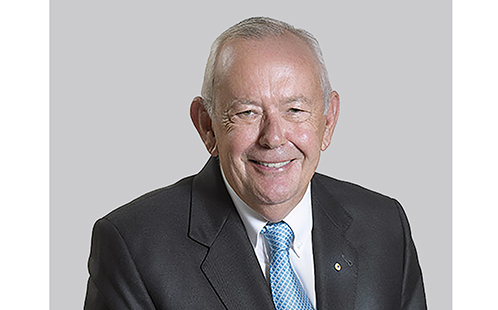Aussie scientists need your help keeping track of bees (please)
The following opinion piece, co-authored by Dr Mark Hall from the Hawkesbury Institute for the Environment, was first published with full links on The Conversation (opens in a new window).
Bees get a lot of good press. They pollinate our crops and in some cases, make delicious honey. But bees around the world face serious threats, and the public can help protect them.
Of more than 20,400 known bee species in the world, about 1,650 are native to Australia. But not all bees found in Australia are native. A few species have been introduced: some on purpose and others secretly hitchhiking, usually through international trade routes.
As bee researchers, we’ve all experienced seeing a beautiful, fuzzy striped bee buzzing about our gardens, only to realise it’s an exotic species far from home.
We need the public’s help to identify the bees in Australian backyards. There’s a good chance some are not native, but are unwanted exotic species. Identifying new intruders before they become established will help protect our native species.
Exotic bees in Australia
The European honey bee (Apis mellifera) is the best-known introduced species, first brought to Australia in the early 1800s. It is now well-established throughout the country, with profitable industries built around managed populations.
Other invasive species in Australia are less well known (or loved). The European bumblebee (Bombus terrestris) is present in high numbers in Tasmania, but isn’t thought to be established on mainland Australia.
This bumblebee has caused major harm to native bees in South America, competing for resources and spreading disease.
In northern Queensland, the Asian honey bee (Apis cerana) is established around Cairns and Mareeba, from a single incursion in 2007. The original founding colony is thought to have been a stowaway on a boat that sailed to Cairns from somewhere in southeast Asia or the Pacific, where this bee is widespread.
New Asian honey bee incursions at Australian ports occur almost annually, most recently in Townsville and Melbourne. But swift biosecurity responses have so far stopped them becoming established.
Why should we care?
Most insects can spread and establish breeding populations before anyone notices them, so it’s important we pay attention to these small intruders.
Introduced species can bring new parasites or diseases into the country that may harm native insects – including our stingless bees that are so vital to crop pollination – or affect the valuable European honey bee industry.
While bumblebees may help commercial pollination in a handful of Australian crops, they and other introduced species can also compete with native species for resources, or spread weeds.
Most resources go to monitoring invasive species with a more dramatic and understood effect on agriculture and the environment. Bees sneak under the radar – but we’re still curious.
Take the African carder bee (Pseudoanthidium repetitum), which arrived in Australia in the early 2000s. Thanks to citizen scientists, we know they are spreading rapidly. In 2014, they were the third most common bee species found in a survey of Sydney community gardens.
Just recently, we found two invasive African carder bees in a backyard in Armidale in northern New South Wales while testing out a new insect monitoring method. There are no confirmed records of this invasive bee in Armidale, although we have seen a few around town since 2017.
Read more: Bees: how important are they and what would happen if they went extinct?
Although it’s usually exciting to find a new record for a native species, finding an exotic bee where it’s not supposed to be is worrying. How long have they been there, and how many others are there?
ENDS
8 January 2020
Latest News

Western Sydney University receives transformational donation to support LGBTIQA+ community
Western Sydney University has welcomed a philanthropic donation from The Brennan Lynch Foundation.

Western Sydney University ranks among world’s best for 23 subjects
The University has been named as one of the world’s top universities for the study of 23 subjects in the latest edition of the QS World University Rankings by Subject, including being ranked in the top 50 for Nursing.

Western Sydney University receives landmark $7.9 million philanthropic gift from Harvey Norman to launch leadership academy, empowering young women in Western Sydney
Western has welcomed a landmark donation to establish the Harvey Norman® Young Women’s Leadership Academy Led by Katie Page.
Mobile options:

